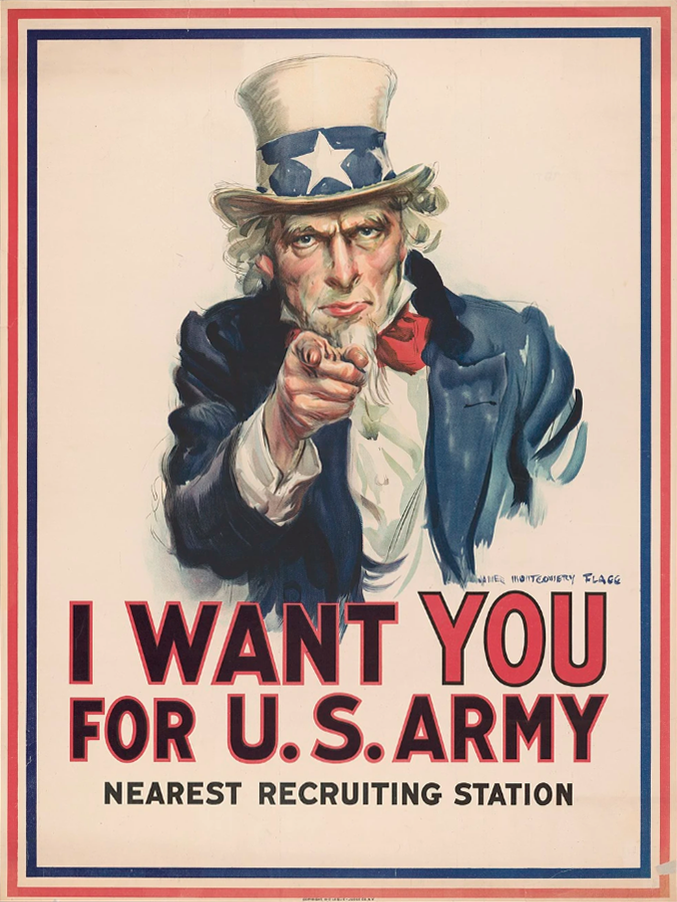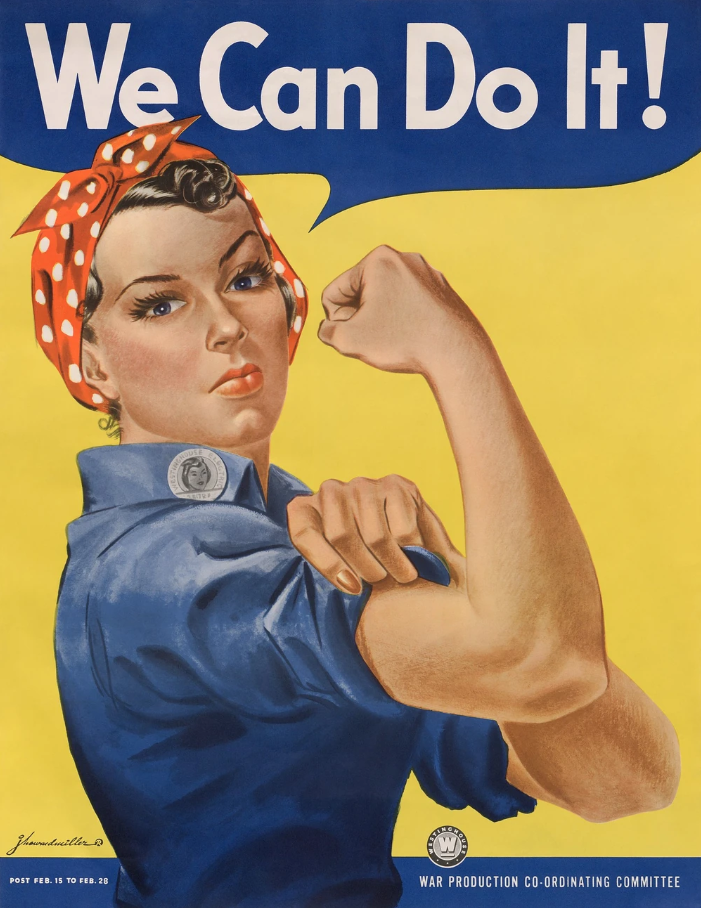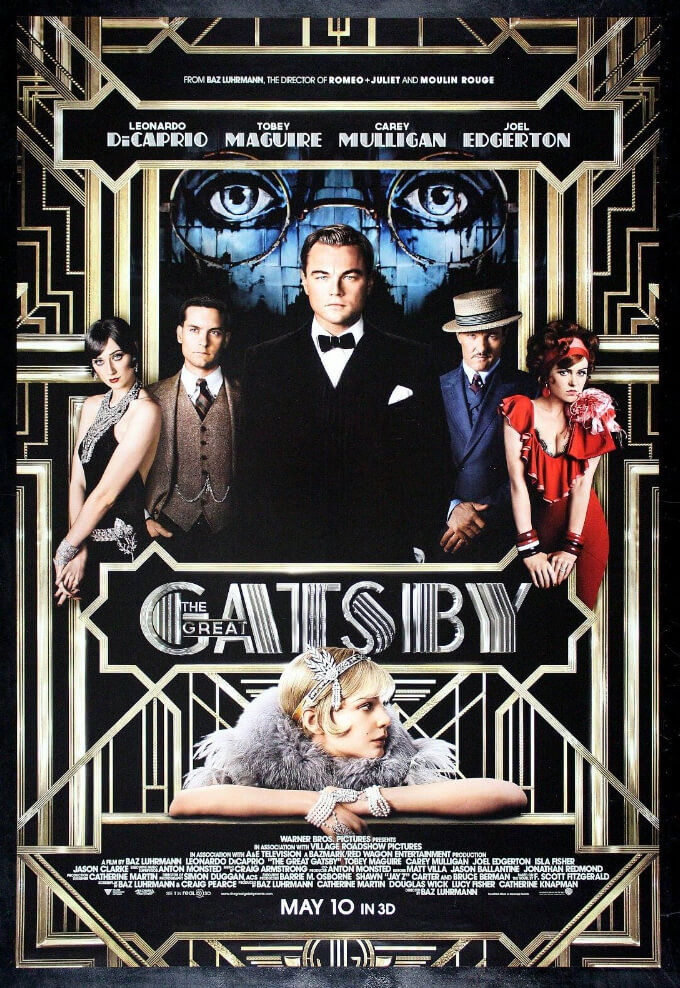What Is Heroic Realism? A Powerful Visual Language of the 1900–1940s
- Uğur KURŞUN
- Jun 21
- 3 min read

Heroic Realism, also known as Realistic Propaganda, emerged in the early 20th century as a powerful visual style used primarily to promote political ideologies. Active from the 1900s to the 1940s, this style was prominent in countries like the Soviet Union, Nazi Germany, and the United States, where visual communication played a key role in shaping public perception.
Centered on themes like heroism, sacrifice, and national unity, Heroic Realism is characterized by strong compositions, dramatic imagery, and idealized figures. In this article, we’ll take an in-depth look at the key features, historical context, and iconic examples of this impactful design movement.
Key Characteristics of Heroic Realism
Heroic Realism followed specific aesthetic principles to deliver powerful and emotionally resonant political messages. Its visual elements were intentionally designed to inspire loyalty, pride, and collective action.
1. Idealized Human Figures
People portrayed in this style—soldiers, workers, and farmers—are shown in heroic poses, often exaggerated to depict strength, dignity, and unwavering loyalty to the nation or ideology.
2. Dramatic Compositions
Figures are frequently presented from low angles or in upward-looking perspectives to emphasize power and determination. Motion, strength, and unity are visually amplified.
3. Bold Use of Light and Shadow
Sharp lighting and deep contrasts create a dramatic, theatrical effect. Light often highlights the faces of heroic figures to suggest enlightenment, leadership, or righteousness.
4. National Symbols and Flags
Flags, patriotic color schemes, and images of state leaders or revolutionary icons are often included to reinforce national identity and collective purpose.
5. Strong, Direct Typography
Messaging is clear and powerful. Large, bold, sans-serif fonts are commonly used for slogans that are concise, motivational, and emotionally charged.

Historical Background of Heroic Realism
The rise of Heroic Realism coincided with a time of revolution, war, and ideological shifts across the globe. While each country applied the style to promote its own agenda, the visual language remained strikingly similar in structure and tone.
In the Soviet Union: Socialist Realism
Under Josef Stalin, Heroic Realism became a state-mandated aesthetic known as Socialist Realism.
Workers, soldiers, and peasants were shown as noble symbols of the Soviet ideal.
Leaders like Lenin and Stalin were often depicted as towering, almost divine figures.
Example: Propaganda posters by Gustav Klutsis.
In Nazi Germany
Adolf Hitler’s regime used Heroic Realism to glorify the Aryan race, military power, and totalitarian leadership.
Strength, discipline, and racial purity were recurring themes.
The work of Albert Speer (architecture) and Leni Riefenstahl (film) exemplified this style.
Example: "Mein Kampf" posters and Nazi propaganda films.
In the United States
During World War II, America adopted Heroic Realism to boost morale and support for the war effort.
Iconic posters such as “We Can Do It!” celebrated strength and patriotism.
Artist Norman Rockwell’s “Four Freedoms” series offered a more human-centered version of this style.
Example: J. Howard Miller’s “We Can Do It!” poster.
Famous Examples of Heroic Realism
“We Can Do It!” – J. Howard Miller (1943)
A symbol of American women’s contribution to the war effort, depicting "Rosie the Riveter" as a confident, strong icon.
“Workers of the World, Unite!” – Gustav Klutsis (1920s)
A Soviet poster calling for worker solidarity with dynamic photomontage elements.
Aryan-themed Nazi posters (1930s)
Used to visually reinforce Hitler's racial ideology and militarism.
Chinese Cultural Revolution Posters (1960s, later impact)
Heroic depictions of Mao Zedong and loyal citizens in revolutionary poses.

Modern Influence of Heroic Realism
Today, Heroic Realism continues to influence political campaigns, public service announcements, video games, and even Hollywood blockbusters. The superhero genre, with its larger-than-life characters and dramatic visuals, borrows heavily from the principles of this style.









